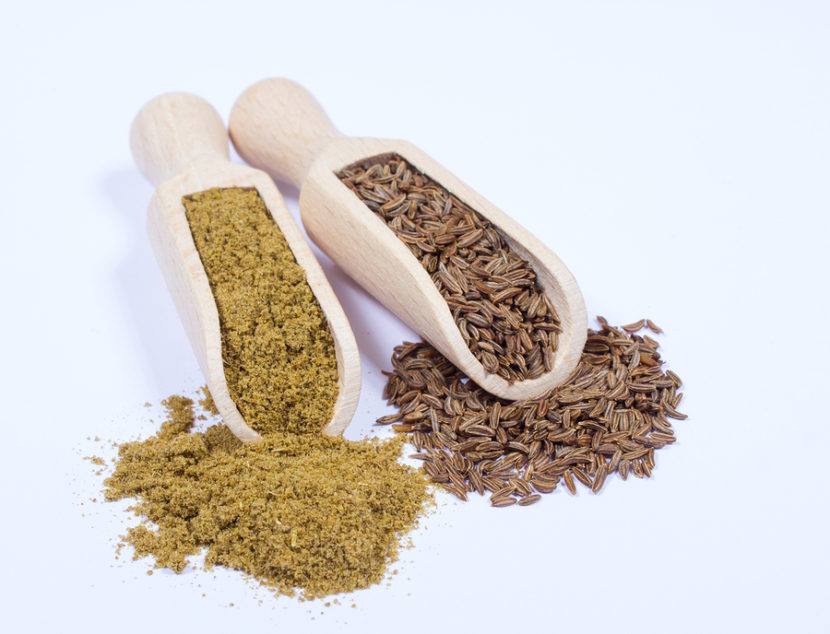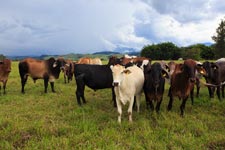Counterfeit Foods, Illegally Labelled and Grey Market Goods: Is Your Brand Protected?
Counterfeit Foods, Illegally Labelled and Grey Market Goods: Is Your Brand Protected?
By Susan Abel and Elmer Mascarenhas
Counterfeit foods jeopardize health and safety and ultimately cost consumers a great deal of money. Moreover, counterfeiting can severely damage trust and confidence in brands. According to the Grocery Manufacturers Association (GMA) in the United States, it is estimated that counterfeiting of global food and consumer products may cost the industry $10-15 billion per year. To date, no comprehensive, independent study has been undertaken on the impact of counterfeiting in Canada. However, it is known that the retail value of counterfeit goods seized by the RCMP increased from $7.6 million in 2005 to $38 million in 2012.
Food fraud is expected in up to 10 ten per cent of the grocery trade
In March 2016, Interpol announced its largest seizure of counterfeit food and drink ever – more than 10,000 tonnes of fake food and one million litres of fake drink. The operation included 57 countries and disrupted criminal organizations around the world. Seizures included nearly nine tonnes of counterfeit sugar and more than 85 tonnes of olives that had been painted with copper sulfate solutions to enhance their colour. False labelling is also a serious issue. The global grocery trade is expected to reach $12 trillion in the next couple of years and food fraud is expected in up to 10 ten per cent of the trade.
Counterfeit foods may not always be obvious, as adulteration can be difficult for a manufacturer to detect, such as in counterfeit olive oil, fish, and pomegranate juice. The effects of counterfeit foods can be severely detrimental to health, even deadly. For example, while it has never been proven how peanut flour ended up in cumin, this undeclared allergen has been found in cumin at levels high enough to trigger reactions among consumers and ended up being widespread within the value chain.
Not only is there an increase in the frequency of counterfeit goods in the marketplace, counterfeiters are becoming more sophisticated in committing fraud because of:
- Low cost technology
- Globalization
- Consumer complicity
- Expansion of channels and markets
- Powerful worldwide brands
- Weak national and international enforcement
- High tariffs and taxes
In addition to counterfeit products—which by definition are products which have been made duplicitously—grey market products also pose significant issues for manufacturers. Products in this category are made by legitimate rights holders for one jurisdiction but they get sold in another. Requirements for labelling of allergens, process aids, and even ingredients vary from country to country. A consumer who purchases a grey market product could inadvertently be exposed to allergens. These products tend to appear in alternate markets as a result of economic conditions, such as favourable exchange rates. Grey market products can also enter the marketplace through online purchases.
There are a number of ways in which a manufacturer can reduce the risks, although these options are somewhat limited and can depend on the level of legislative and regulatory support offered by governments. For example, in some countries, such as the U.S., food manufacturers work very closely with customs officials to help agents identify counterfeit products. In Canada, the Combating Counterfeit Products Act was crafted to help manufacturers stop counterfeit products at the border. This legislation is new, and regulations supporting it are currently under development.
Working actively with trusted suppliers and customers throughout the value chain can significantly reduce the likelihood of counterfeit raw materials being used in manufacturing as well as the risk of counterfeit or grey market product being sold at retail. Because of the safety risk, manufacturers should include a written risk assessment in their preventive controls programs. This is particularly important for high value ingredients that are readily counterfeited.
Educating consumers about the risk of purchasing counterfeit products is another means to reduce the risk of consumer exposure. Partnerships with trade associations as well as governments can facilitate the flow of relevant information in the event of an incident, to help alert consumers to the risks of the counterfeit product as well as minimize damage to the brand.
Protecting brands from counterfeit activity, including counterfeit raw materials, requires the coordination of internal corporate activities such as value chain management, as well as close cooperation with government agencies and other resources, such as trade associations. These protective measures add complexity and cost to processes, but are essential tools. In fact, the U.S. Food and Drug Administration is now finalizing its Rule for Intentional Adulteration, which within a few years will make such programs mandatory.
There may never come a time when the risk of counterfeit activity has been effectively eliminated but a vigilant focus on quality and safety can go a long way towards reducing its impact for consumers and brands alike. And that is a goal to which we should all be dedicating ourselves.
About the Authors
Susan Abel is currently the Vice President of Safety and Compliance with Food & Consumer Products of Canada where she has worked on issues including responsible chemicals management, Codex Alimentarius, food and consumer product regulations, as well as coordinating a significant research project, Mitigating Mycotoxins in the Value Chain. Prior to working for FCPC, Susan led product development, quality, and regulatory teams in industry for over twenty years. She is a graduate of the University of Guelph, with a Bachelor’s degree in Agriculture.
Elmer Mascarenhas is a Policy Analyst at Food & Consumer Products of Canada, Canada’s largest industry association representing food and consumer product manufacturers. Elmer conducts research and policy analysis on a variety of issues relating to the industry, focusing on health, environmental and economic policy. He has significant experience working in government and industry and possesses a Master of Public Policy degree from the University of Toronto’s School of Public Policy & Governance, in addition to an Honours Bachelor of Arts degree in Health Studies from McMaster University.

-
 FeaturedRisk management
The Cost of a Breach: What a Cyberattack Could Mean for Food Safety Recalls
FeaturedRisk management
The Cost of a Breach: What a Cyberattack Could Mean for Food Safety Recalls
-
 FeaturedRisk management
Securing the Food Chain: How ISO/IEC 27001 Strengthens Cybersecurity
FeaturedRisk management
Securing the Food Chain: How ISO/IEC 27001 Strengthens Cybersecurity
-
 FeaturedRisk management
Revolutionizing Food Safety Training: Breaking Out of the “Check-the-Box” Mentality
FeaturedRisk management
Revolutionizing Food Safety Training: Breaking Out of the “Check-the-Box” Mentality
-
 GFSI Standards
GFSI 2025: Building Trust, Tech-Forward Solutions, and Global Unity in Food Safety
GFSI Standards
GFSI 2025: Building Trust, Tech-Forward Solutions, and Global Unity in Food Safety
-
 FeaturedFood Safety
Integrated Pest Management: Strategies to Protect Your Brand’s Reputation
FeaturedFood Safety
Integrated Pest Management: Strategies to Protect Your Brand’s Reputation
-
 FeaturedFood Safety Culture & Training
No Open Door Policy: Challenges That Impact Pest Control in Food Processing Plants
FeaturedFood Safety Culture & Training
No Open Door Policy: Challenges That Impact Pest Control in Food Processing Plants




